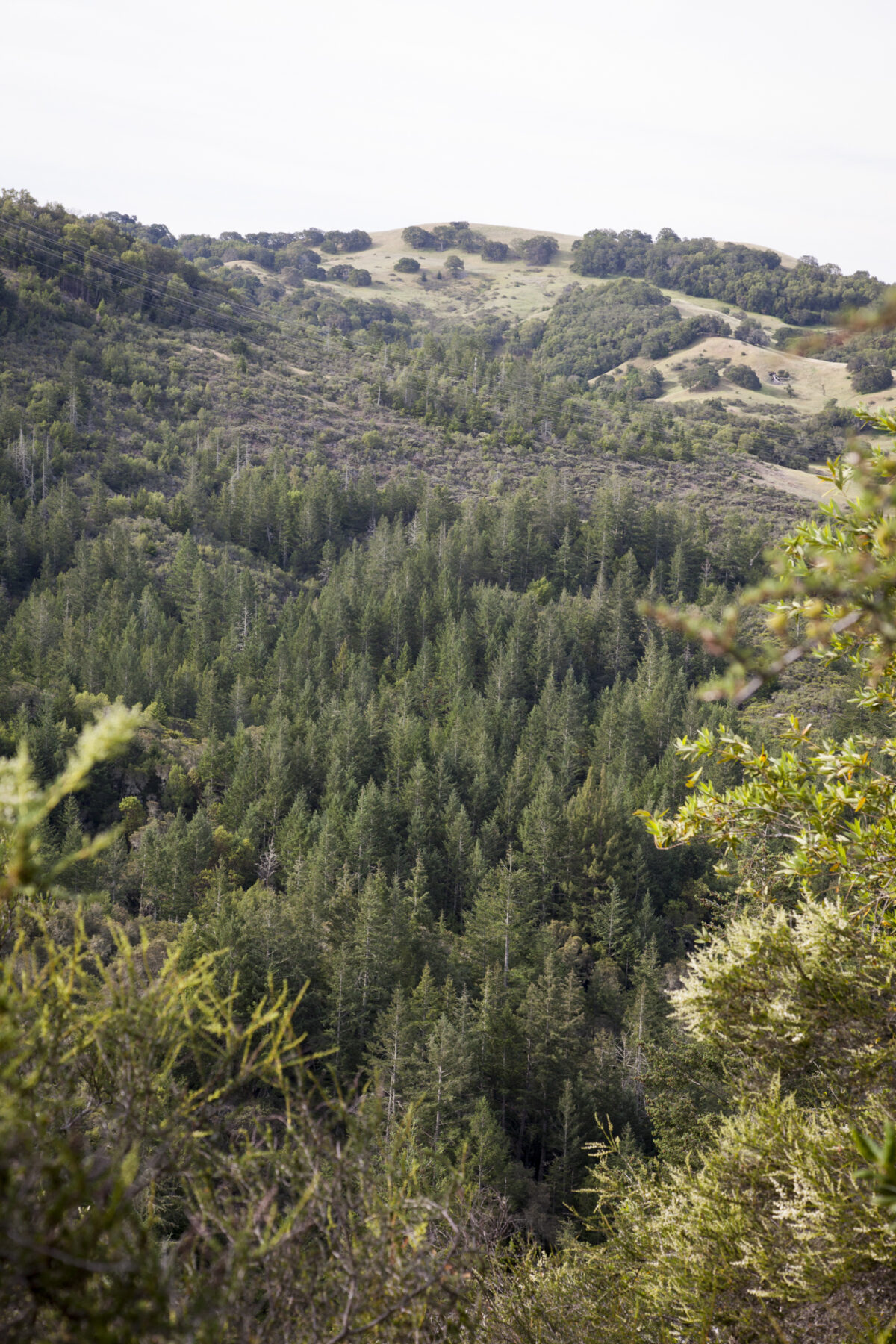Press Release: Upcoming prescribed burn at Ag + Open Space’s Saddle Mountain Open Space Preserve

SANTA ROSA, CA (June 6, 2025) – On or after June 9th, CAL FIRE will be assisting Sonoma County Ag + Open Space with a grassland prescribed burn at Saddle Mountain Open Space Preserve. The burn may be delayed if weather, air quality, or resource availability warrant. All CAL FIRE prescribed burns are evaluated hourly on the day of the burn, utilizing a “Go/No Go checklist” that is based on weather, resource availability and incident activity. If burning conditions become unfavorable for a safe and controlled burn, operations will be immediately stopped.
Should the burn occur, it will be small and of short duration – the burn unit is approximately two acres of grassland and will likely take one to two hours to fully burn. Smoke output is expected to be relatively light and should dissipate quickly. Smoke may be visible from nearby properties and possibly from Calistoga Road, but due to the light fuels and small size of the burn unit, we do not anticipate significant smoke impacts to the community.
Firefighters will continue monitoring the site after burning operations have been completed.
The purpose of the burn is to reduce populations of invasive plants, lessen thatch buildup, and improve habitat conditions for native grasses and plants, including the endangered Clara Hunt’s milk vetch. This milk vetch species requires periodic disturbance, like prescribed burns or wildfire, in order to germinate and thrive, and its populations in the area have grown significantly since the 2020 Glass Fire.
This burn is being conducted under a research permit from the California Department of Fish and Wildlife.
Prescribed vegetation management burns are carefully planned and must meet strict criteria for ecological benefit, weather parameters, smoke management and fire safety guidelines. When all conditions are met, trained wildland firefighters conduct the burn while monitoring the set criteria, fire behavior and designated fire control lines. When the burn is completed, crews will monitor and patrol the project into the night and for the next several days. The prescribed burn will comply with requirements of the Bay Area Air Quality Management District.
Benefits of low intensity burning in the natural environment include:
- Cleansing of wildland debris – Excessive dead and down branches, brush and small trees are burned, converting fuels that are hazards in the summer into rich soil nutrients.
- Ecological Restoration – Putting low intensity fire back on the land helps protect and improve habitat for wildlife and optimizes soil and water productivity, and can also help control or eliminate noxious, invasive plants.
- Ecosystem Health – Low-intensity fire helps eliminate and control diseased plants and trees.
- New Growth – Controlled burning encourages the healthy growth of new plants, especially those that are dependent on fire for renewal or seed dispersion.
- Reduced opportunity for destructive fires – Controlled burns can decrease the size and frequency of large, uncontrolled destructive wildfires.
- For more information about fire safety or controlled burning and its benefits, visit fire.ca.gov.
Owned and managed by Sonoma County Ag + Open Space, the 960-acre Saddle Mountain Open Space Preserve is home to portions of the Mark West Creek watershed and a portion of Ducker Creek. Alpine, Weeks, and Van Buren creeks run through the property, and feed into Mark West Creek where Coho salmon and steelhead swim. Ducker Creek feeds into Santa Rosa Creek, where steelhead can be found. Through a California Coastal Conservancy grant, Ag + Open Space developed a management plan that addresses the protection of a federally listed endangered plant found on the property (Clara Hunt’s milk vetch), as well as erosion prevention, fuels management, habitat enhancement, stream protection, and invasive plant management. Ag + Open Space continues to coordinate with its partners and the community to offer recreational, educational, and research access that is compatible with preserving the conservation values of the property.
